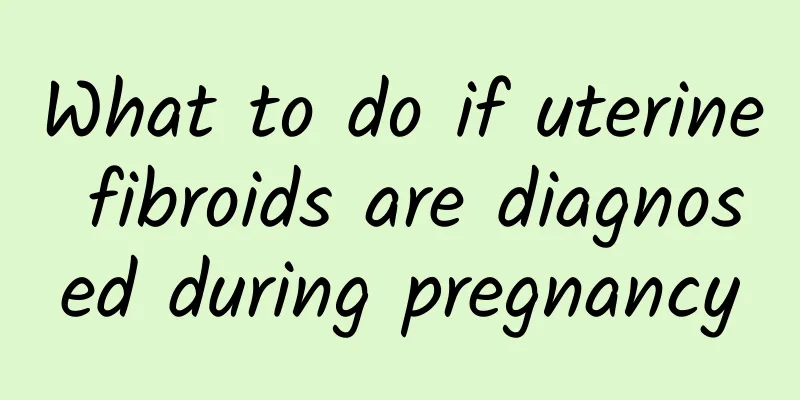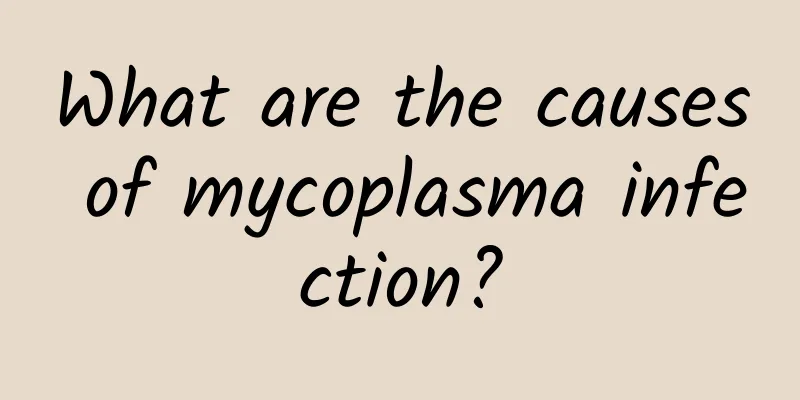What are the treatments for uterine fibroids?

|
The treatment of uterine fibroids should be based on the patient's age, fertility requirements, symptoms, location and size of the fibroids, etc. The Western medicine treatment methods mainly include: 1. Follow-up observation For patients with asymptomatic fibroids, especially women near menopause, follow-up examinations can be performed every 3 to 6 months. 2. Surgical treatment Surgical treatment is suitable for: patients with fibroids larger than the uterus at 10 weeks of pregnancy; patients with menorrhagia, secondary anemia, and ineffective drug treatment; patients with bladder and rectal compression symptoms; patients with cervical fibroids; patients with rapidly growing fibroids and suspected malignant transformation. Treatment can be performed by abdominal, vaginal, or hysteroscopic and laparoscopic surgery, including myomectomy and hysterectomy. 3. Drug treatment It is mainly suitable for patients whose fibroids are smaller than the size of a 2-month pregnant uterus, whose symptoms are mild, who are near menopause, and whose general condition is not suitable for surgery. The main treatment drugs include: gonadotropin-releasing hormone analogues, mifepristone, etc. 4. Interventional treatment It is mainly suitable for patients with symptomatic uterine fibroids who do not need to preserve fertility but want to avoid surgery or have high surgical risks. The indications for this type of treatment should be strictly followed. In addition to the above situations, patients with uterine fibroids and pregnancy should pay attention to the following: those who are asymptomatic during pregnancy should undergo regular prenatal examinations and close observation, and generally do not require special treatment; patients who give birth naturally should pay attention to preventing postpartum hemorrhage; if the fibroids hinder the descent of the fetus, a cesarean section is required. Whether the fibroids are removed during the operation should be determined based on the size and location of the fibroids and the patient's condition. |
<<: Pathological features of uterine fibroids
>>: There are 3 types of ovulatory dysfunctional uterine bleeding
Recommend
High-calorie dinner temptation! Reduce appetite, eat less and lose weight
I eat very little during the day, but my appetite...
Nutritional intake of patients with uterine fibroids after surgery
A reasonable diet and a combination of nutrients ...
What causes vulvar leukoplakia?
Many women have a high incidence of gynecological...
Are you stress-induced obesity? Find out the 9 major factors of obesity! Dr. Liu Boen: 4 keys to healthy weight loss
According to statistics from some literature jour...
Four major symptoms of adnexitis
Patients with adnexitis often experience symptoms...
Is oat milk healthier than cow's milk? Nutritionist: 3 points to pay attention to when drinking oat milk to prevent blood sugar spikes
As the trend of health becomes popular, advertise...
What precautions should be taken before treatment of vulvar leukoplakia?
What are the precautions before the treatment of ...
Can an ectopic pregnancy be detected with a pregnancy test stick?
Ectopic pregnancy refers to ectopic pregnancy in ...
What are the symptoms of female cervicitis? The three causes of female cervicitis should not be known.
Symptoms of cervicitis are generally caused by ph...
The main causes of vulvar leukoplakia that female friends should know
Vulvar leukoplakia is a gynecological disease tha...
What are the classifications of various cervicitis?
Cervicitis is a common disease in life. Cerviciti...
Experts on the treatment of ectopic pregnancy
Have you ever heard of ectopic pregnancy? How muc...
Early symptoms of ectopic pregnancy that must be prevented
I don't know if you know the early symptoms o...
What are the causes of vaginitis?
Vaginitis is a common disease among women. The ca...
Treatment of Amenorrhea and Infertility with Traditional Chinese Medicine
Xiao Yang got married right after graduating from...









